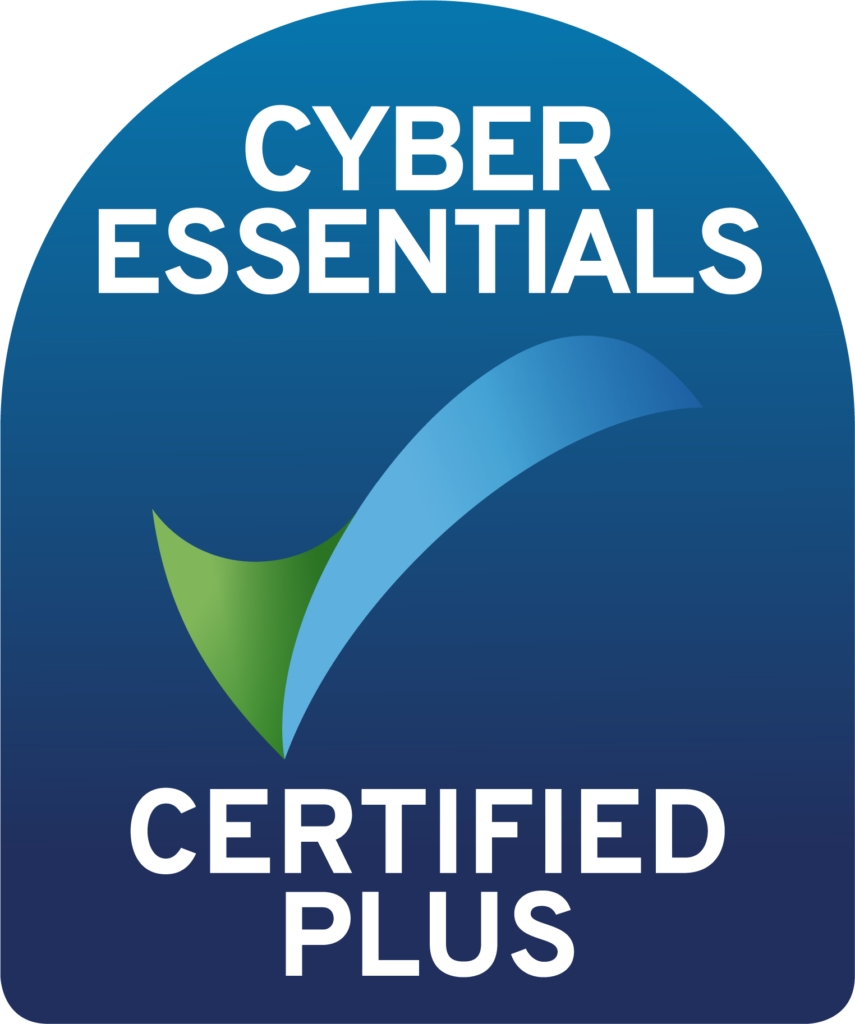“Enforcement agencies are struggling with significant numbers of low quality reports and criminals could be slipping through the net.”
In 2019, the England and Wales Law Commission published a report on the UK’s anti-money laundering framework. One of the central findings in the report was that 15% of the Suspicious Activity Reports (SARs) sampled as part of the review did not meet the “suspicion threshold” and contained “… limited, or even no useful intelligence.” Processing poor quality reports is a significant drain on law enforcement’s valuable finite resources.
The report highlights that this is a systemic issue across all participants in the sector.
In this blog, we will consider the report’s findings, its recommendations and offer some practical advice on how a firm can ensure that it meets its obligations under schedule 7 of The Proceeds of Crime Act (POCA).
The Report – The need for reform
The report found that the following factors contributed to the submission of low-quality SARs:
- The broad definition of “criminal property” in POCA;
- The threat of individual criminal liability for the relevant officials working in the reporting sector; and
- The lack of clarity and misunderstanding of the reporter’s obligations under schedule 7 of POCA.
The combination of all these issues within the current regime has resulted in a situation where firms have resorted to defensive over-reporting and enforcement agencies struggle to review and investigate all SARs in a timely and substantive manner.
Recommendations
The report in total made 19 recommendations for the improvement of the current regime. The following are what we posit to be the key recommendations:
- Proscribed SAR form – The law commission has recommended that a standardised SAR form be introduced. The aim of this form is to provide reporters structure when articulating suspicions and enabling law enforcement to gain valuable financial intelligence from SARs;
- Guidance – The law commission’s consultation revealed a clear need for consistent guidance from an authoritative source that enables reporters to properly understand and comply with their regulatory obligations; and
- Advisory Board – This body would be responsible for drafting the guidance on the SAR regime and continually monitor the effectiveness of the guidance. This body would be a hybrid of both public and private bodies.
At the time of writing, the 19 recommendations have not been implemented and do not appear to be on the horizon anytime soon, with time needed to assess how the changes to the current regime will look in practice.
What can firms do in the interim?
The NCA has stated that as much information as possible should be contained within the relevant data fields. If information is missing or inaccurate, it limits analysis opportunities, has a negative impact on identifying the subjects correctly and reduces the overall effectiveness of the SAR. The inclusion of all relevant information within the SAR data fields is crucial in providing the enforcement agency with a firm basis from which to begin its investigation.
How this information is presented plays a major role in how quickly it can be investigated and responded to, therefore a firm should be aware of how it formats and presents each SAR data field. We recommend that firms present information in clear, concise and digestible sections. This will enable the enforcement agency to gather all the relevant information whilst ensuring no crucial information is missed in a timely manner.
Furthermore, firms should consider gaining a clear and concise understanding of regulatory obligations and disseminate this information to all relevant employees. This will ensure that over-reporting of defensive SARs is minimised and that only SARs with a legitimate suspicion are submitted. This will not only minimise the drain on law enforcement’s finite resources, but it will also improve the firm’s own internal SAR reporting regime by enabling employees to develop a deep understanding of suspicious activity.
Conclusion
To conclude, firms should closely monitor the developments in the SAR regime, with a focus on any updated guidance or communications that are issued. In the interim, firms should be focused on improving knowledge of regulatory obligations and when it is necessary to make a submission to its enforcement agency.
In doing so, firms will position themselves in such a way, that when updated guidance and/or updated requirements are introduced, these firms will experience minimal disruption to their compliance programs.







